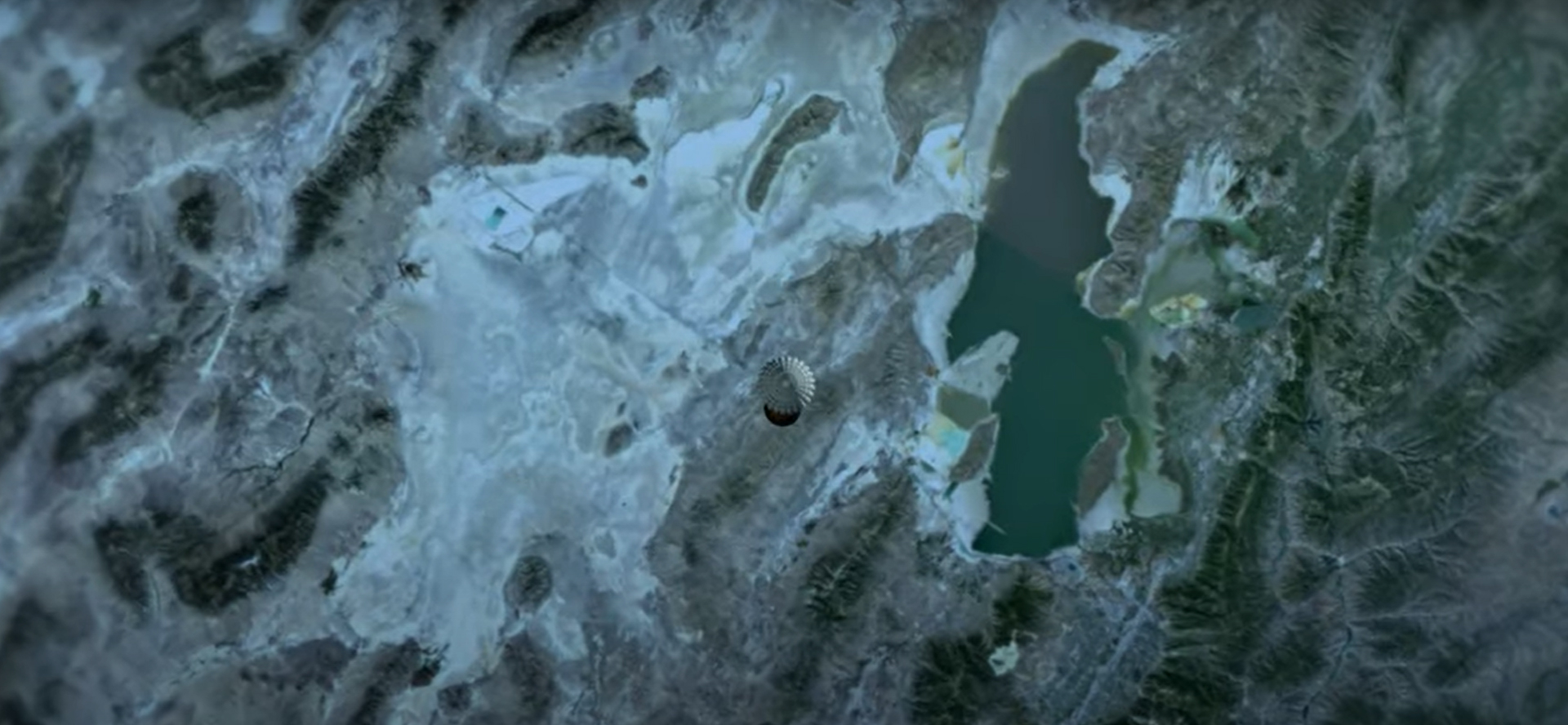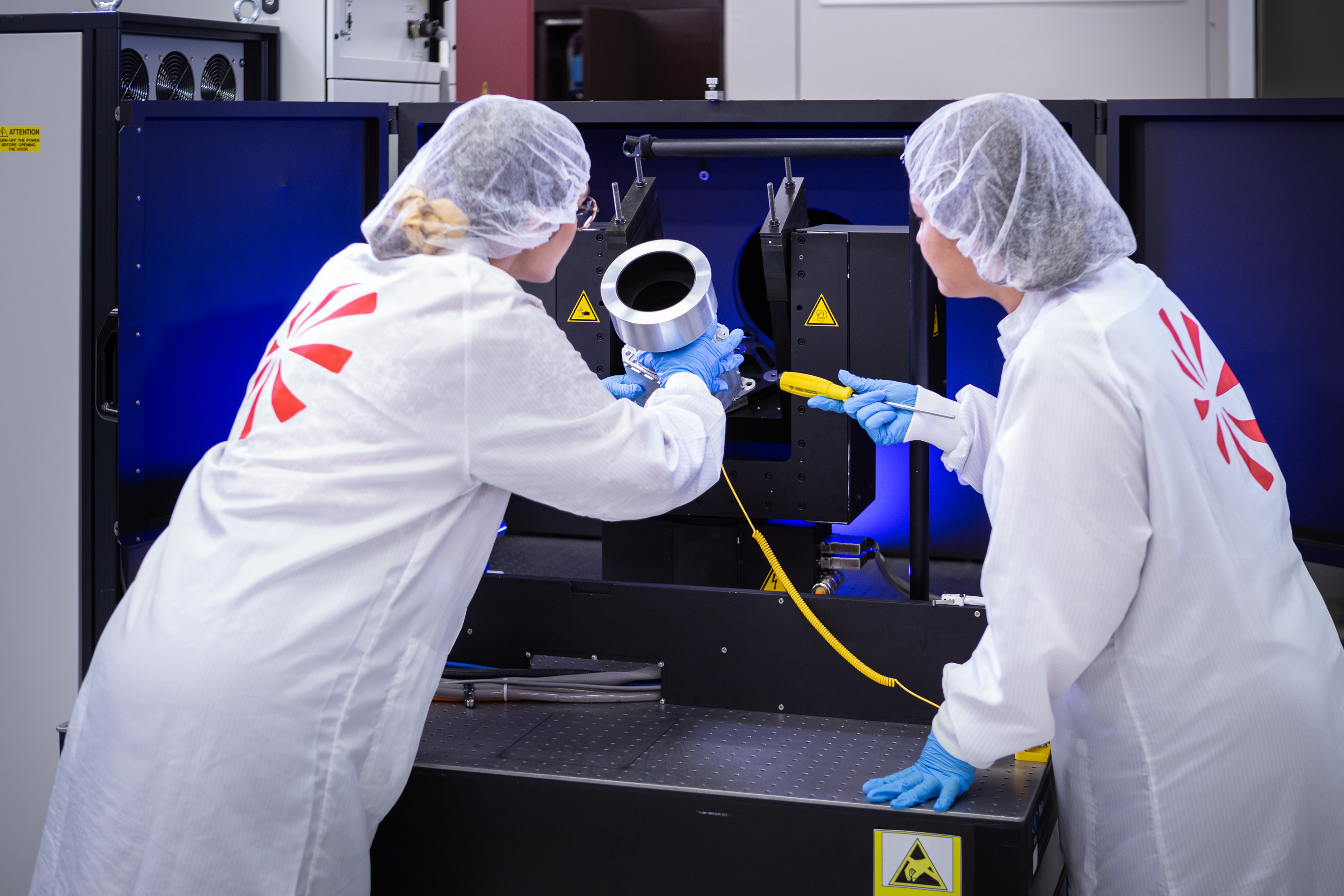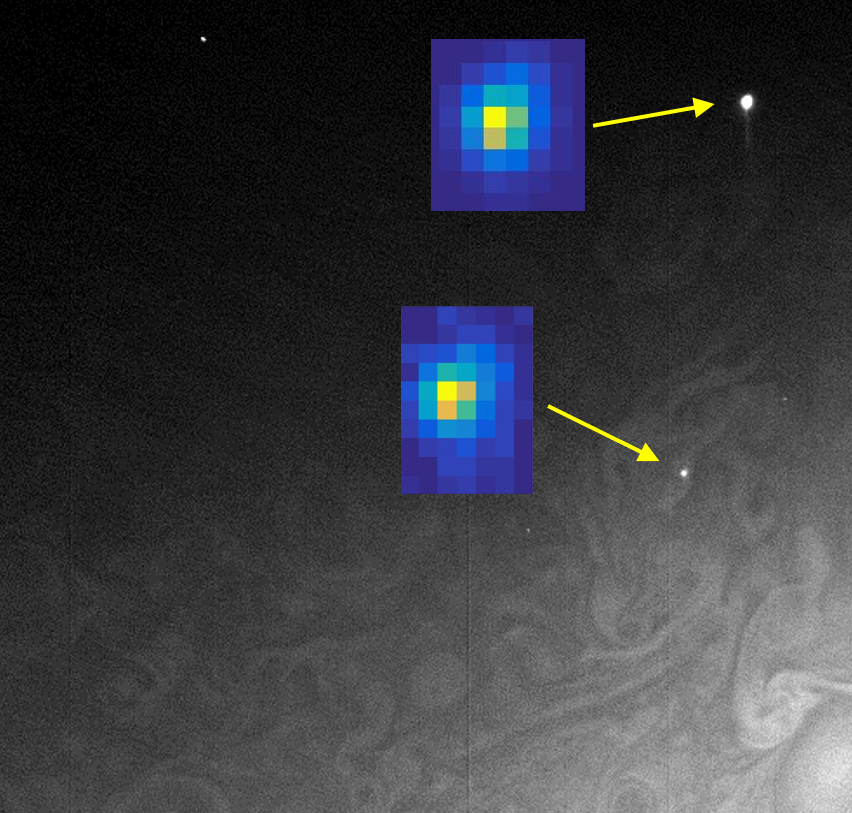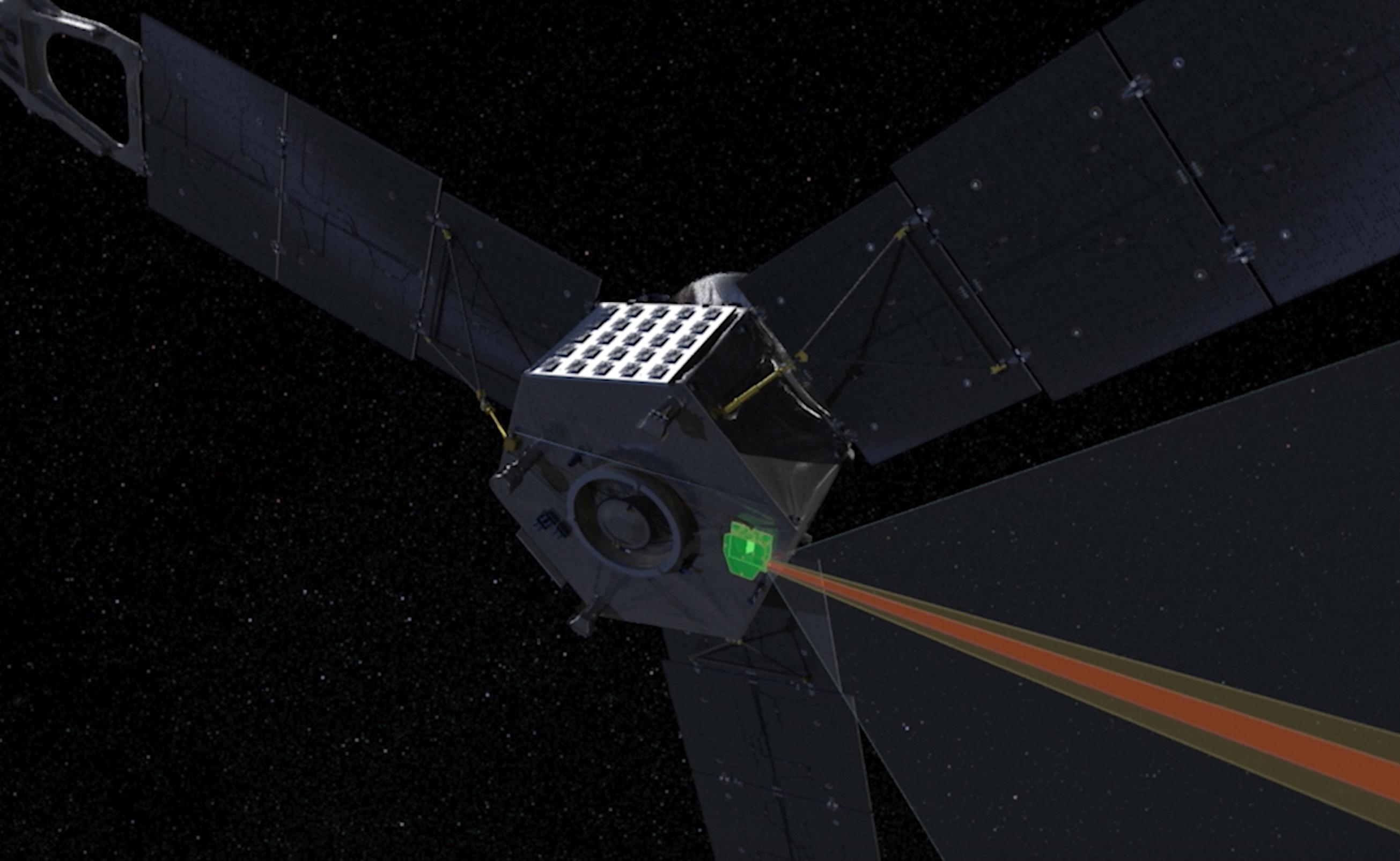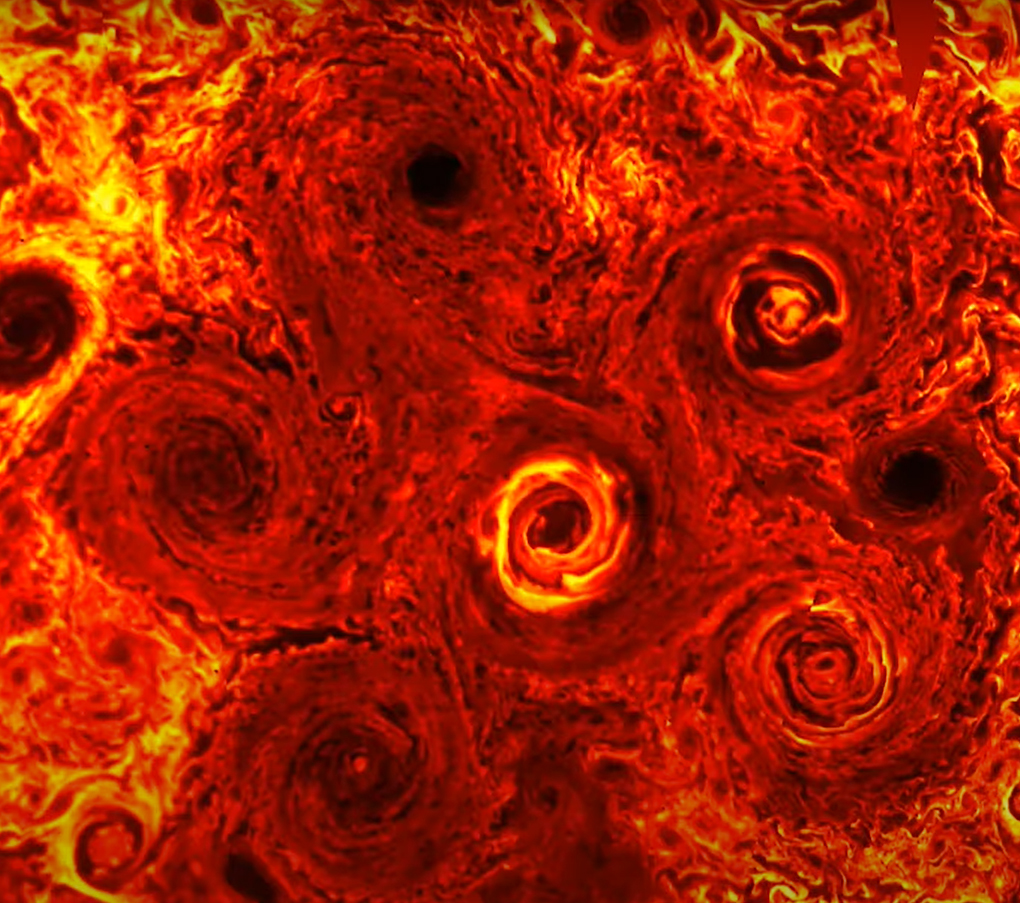the mission Osiris RexThe space probe that was launched in 2016 towards the asteroid Bennu to collect samples from its surface and return them to Earth is an example of cooperation between… NASA And Leonardo. A mission that requires advanced technologies, many of which were developed by Leonardo in Italy and the United Kingdom, which add to the many milestones of other space missions achieved by Leonardo in cooperation with the American Space Agency.
The OSIRIS-REx mission ended successfully on September 24, 2023, when a capsule containing samples collected by the probe separated from it during its return to Earth and landed in the Utah desert. For NASA it was First historical contact with an asteroidWhich happened in October 2020, when OSIRIS-REx touched Bennu’s surface for just five seconds, enough to collect about 250 grams of material from Earth.
OSIRIS-REx’s descent to the rocky surface of asteroid Bennu – concept image
Credits: NASA-Goddard/University of Arizona
Since asteroids are remnants of the planet formation process, studying Bennu will help scientists understand the origin of the solar system, and study the resources found on the surface of these celestial bodies – such as water, organic materials, metals, rare earths, or basic elements. For the futurespace exploration – And collect useful information to determine the probability of it colliding with the Earth more accurately. NASA also announced that it will preserve about 75% of the samples collected so that future generations can study them using technologies that do not yet exist.
Leonardo’s role in the OSIRIS-REx mission
there technology Leonardo played a crucial role in all critical phases of the mission: guiding the probe towards the asteroid, taking samples and returning to Earth.
Credits: NASA Goddard Space Flight Center – Concept Image Laboratory
Follow the flight of OSIRIS-REx
At our facilities in Southampton, UK, Leonardo Manufactured and supplied to Arizona State University Infrared sensor So Spectrometer Thermal Otis – Thermal emission spectrometerThis helps identify minerals on the asteroid, collect thermal data and provide scientists with useful elements to better understand Bennu’s formation. In Campi Bisenzio (Florence) A-STR position sensor – Independent star trackerThe “compass” that guided OSIRIS-REx throughout the journey.
Working on the position sensor at Campi Bisenzio
During the approach path, the sensor managed the precise maneuvers necessary for precise positioning in relation to the asteroid, while collecting soil samples, it ensured a stable and safe position, and finally, on the way home, it helped the probe change its direction. Track several times during the approximately 2.3 billion kilometers traveled.
After OSIRIS-REx, Leonardo is preparing for the next challenge of studying asteroids with the mission Hera From the European Space Agency. In fact, the photovoltaic panels that will accompany the probe towards the binary asteroid in 2024 are designed by Leonardo. Didymus And his moon Dimorphosto study the effects of task influence more closely Arrow NASA which in 2022 successfully carried out the first deflection test of an asteroid by modifying its orbit (DART was also guided by Leonardo’s compass).
Leonardo and NASA, a long-term collaboration
OSIRIS-REx has just landed, but several other NASA missions are still in orbit or on the launch pad, while others have already completed their work. Mostly with tools and techniques Made in Leonardo. Some are born directly in Leonardo’s laboratories, others as a result Partnership with Thalesrespectively with joint projects Telespazio (Leonardo 67% and Thales 33%) e Thales Alenia Space (Thales 67% and Leonardo 33%).
Leonardo invented the position sensors for Juno mission NASA, which has been studying the planet since 2016 Jupiter. In this case, it is a sensor cypress – Stellar reference unit For which the optics are designed Dedicated To discover very faint stars on the go. Due to these exceptional characteristics, the SRU, in addition to guiding the probe 2.8 billion kilometers, was also used for the first time ever. Scientific instrument With high precision, to explore multiple phenomena and properties of the Jovian system. For example, in the fall of 2022, JUNO performed a close flyby of Europa, one of Jupiter’s moons, and the SRU captured the highest-resolution image ever of the dark side of the moon while it was illuminated by Jupiter’s glow.
Observing Jupiter’s lightning
Credit: NASA
In this image, taken by the SRU of NASA’s JUNO spacecraft in February 2018, arrows point to small flashes seen on Jupiter’s cloud tops, while zoomed-in insets show how they appear in the science room aboard the spacecraft. As published in a study in the journal Nature, images of lightning taken by Leonardo’s SRU showed that lightning originates at unexpectedly high altitudes, where it is too cold for liquid water to exist. It was the SRU’s capability, combined with JUNO flybys over the cloud tops, that allowed flashes up to 33 kilometers across to be identified.
JUNO brought him on board too gram spectrometer, It was also built at the Campi Bisenzio factory financed byItalian Space Agency (ASI) and operates under scientific responsibilityNational Institute of Astrophysics (Inaf). JIRAM is one of the eyes of the mission and allows you to acquire images and spectroscopic information in the infrared simultaneously through the use of a dual focal plane, allowing you to observe Jupiter at close range to understand its composition, evolution and structure.
JIRAM spectrometer on board the JUNO probe – concept image
Credits: NASA/JPL-Caltech/SwRI/ASI/INAF/JIRAM
Leonardo, through Thales Alenia Space – with support from the Science Group of the University of Rome La Sapienza and through funding from ASI – created the instrument Kat – Ka band translator To conduct radio scientific experiments through which information can be obtained about the internal structure of the planet and about Jupiter’s gravitational field.
This series of images depicts the formation and movement of cyclones at Jupiter’s south pole, captured by the JUNO spacecraft’s JIRAM infrared imager. The data was collected during several scientific flights over the gas giant, from February 2, 2017 to November 3, 2019.
Credits: NASA/JPL-Caltech/SwRI/ASI/INAF/JIRAM

“Internet trailblazer. Travelaholic. Passionate social media evangelist. Tv advocate.”

